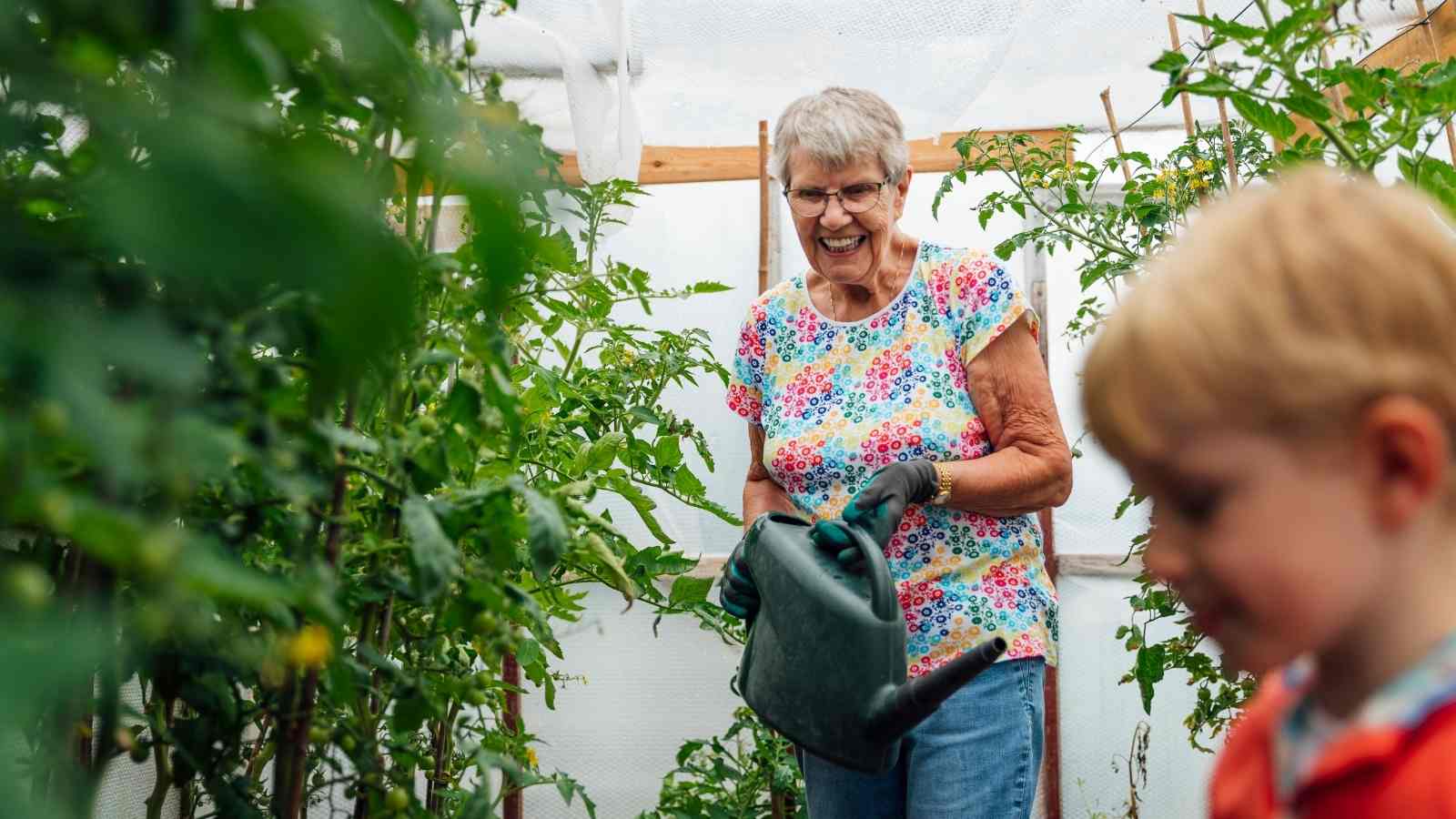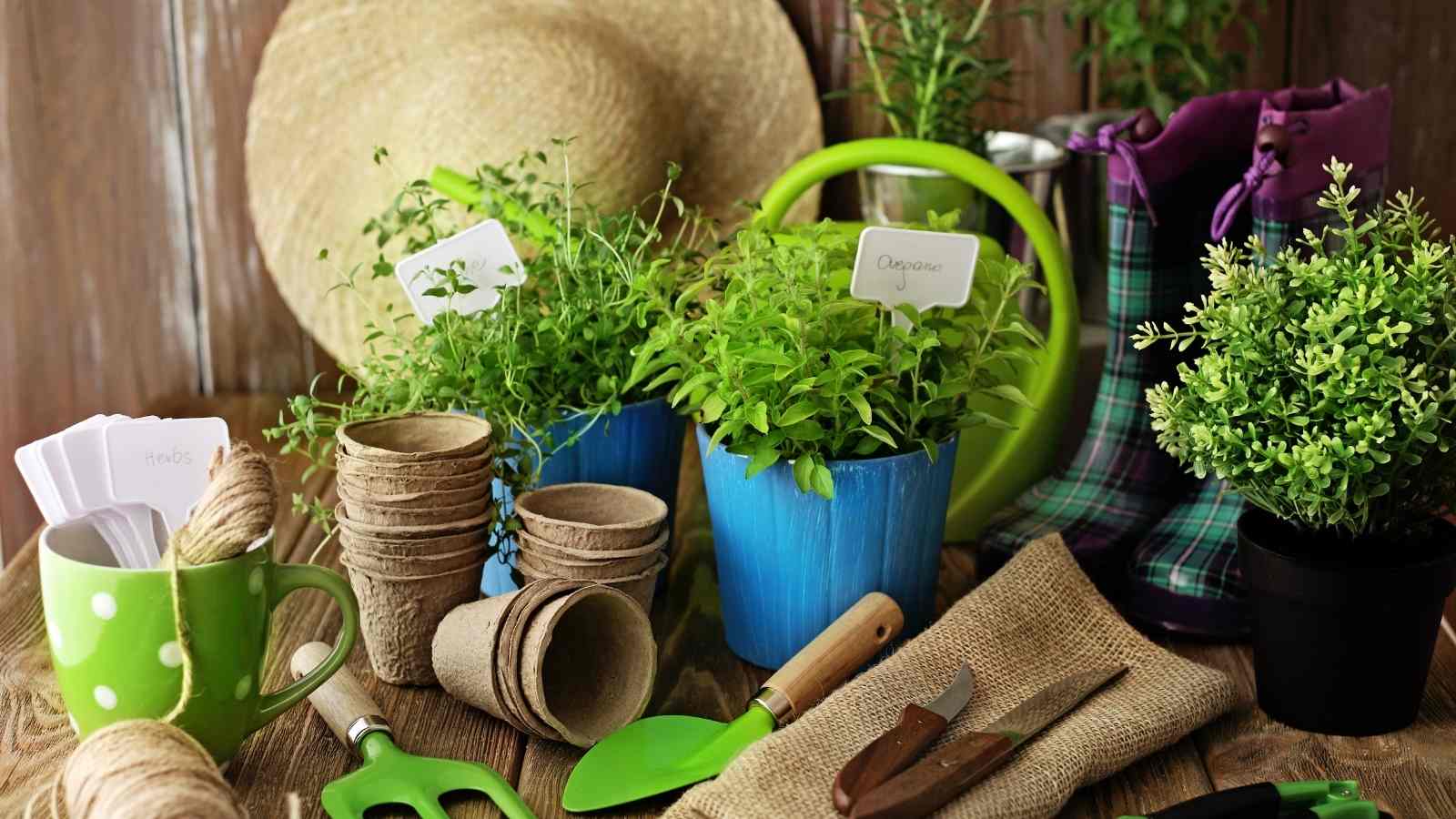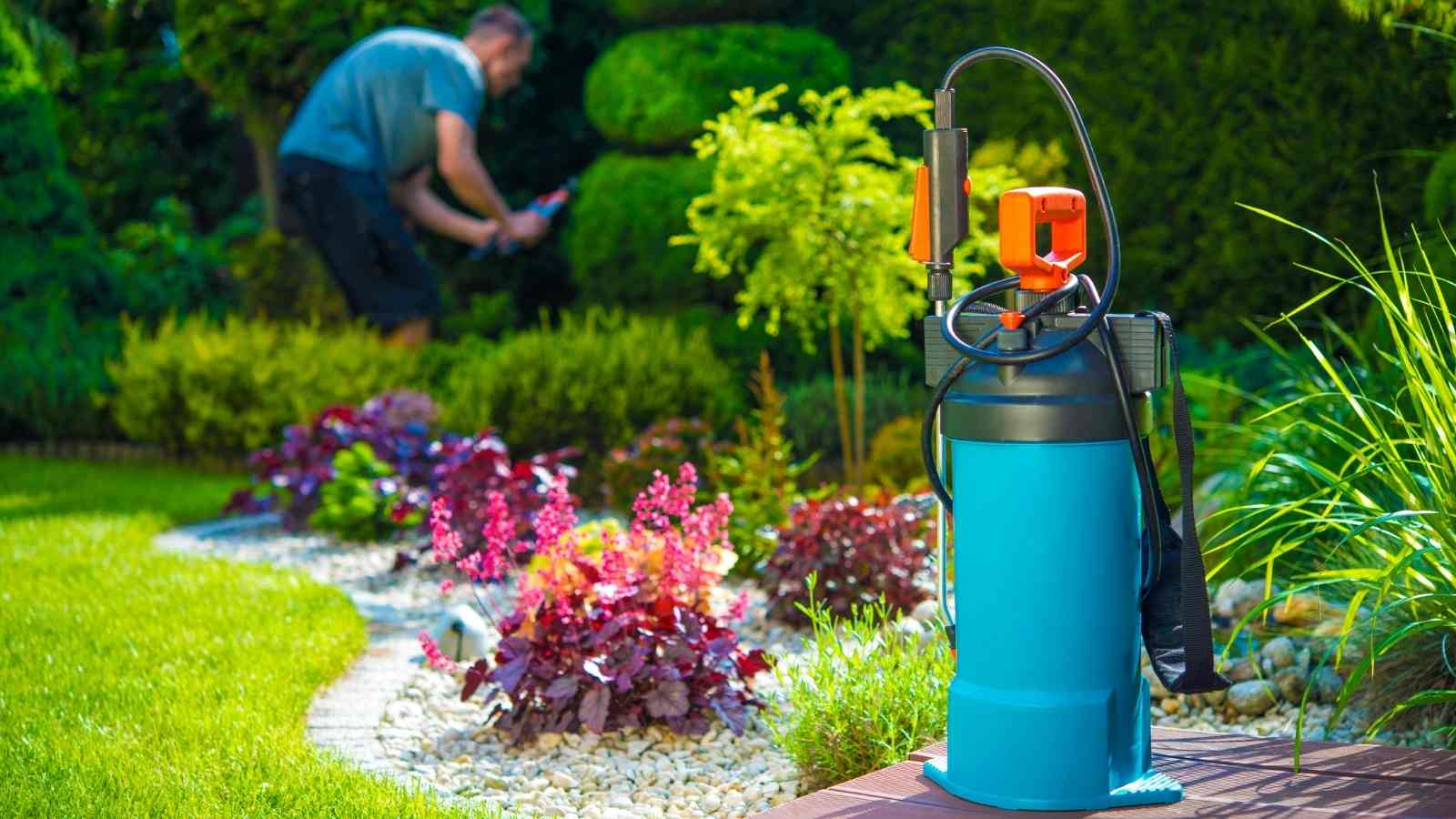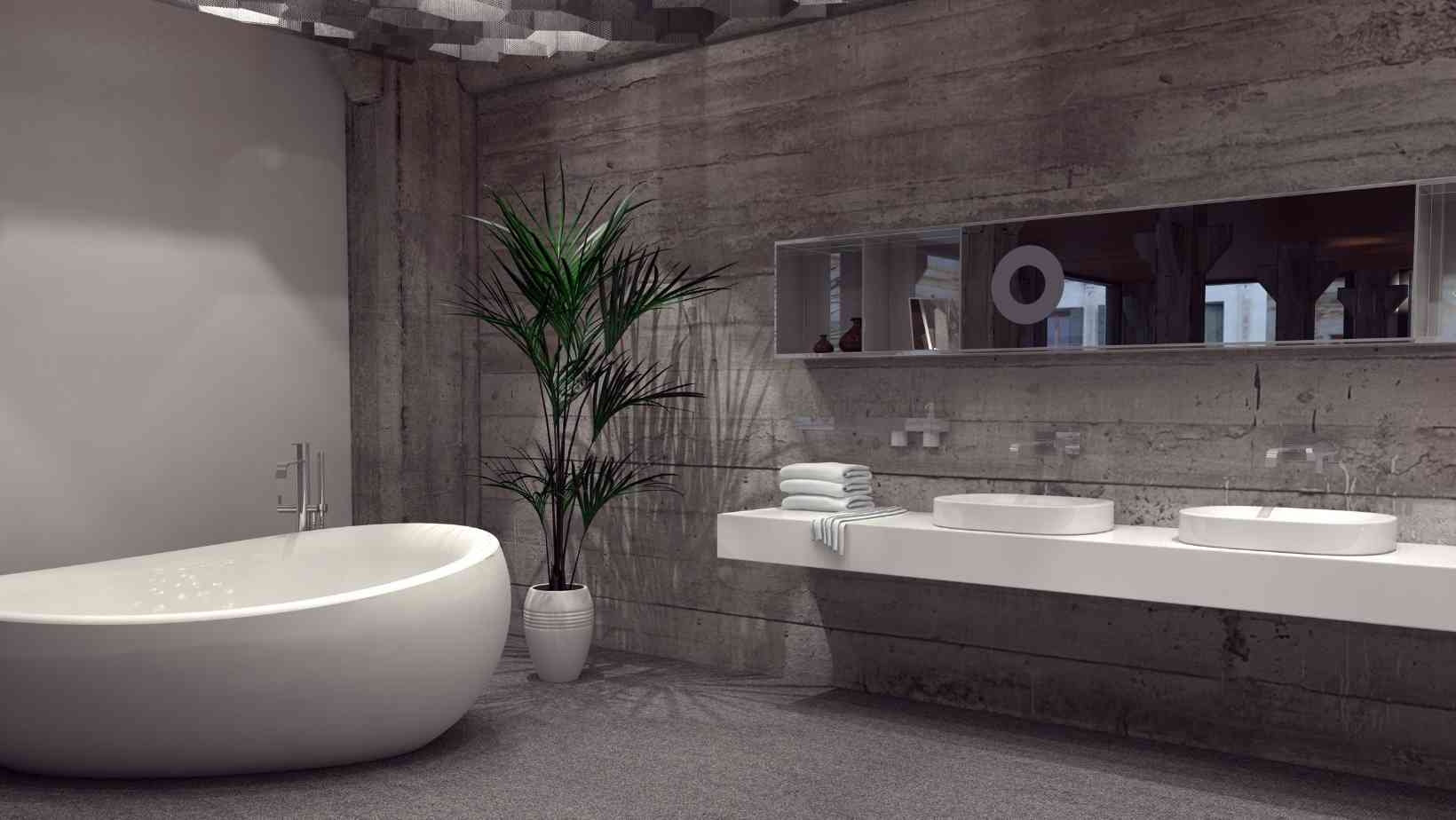DIY tree care is the trend in today's society, but it's more than an attractive hobby. It's an excellent way to keep your property neat and good-looking and ensure your greenery is healthy. If you have some spare time and want to arrange your yard, it might be tempting to take on this project on your own.
But if you don't know how to do it, it's far from foolproof. That's why you should learn some basics of yard maintenance for success. That way, you'll avoid caring for an oak tree or those decorative shrubs along the path turning into a disaster.
Jump to:
- 1. Feed Your Plants
- 2. Water, Water, Water
- 3. Proper Tools
- 4. Pruning Importance
- 5. Mulching
- 6. Pest Control
- 7. Feel the earth
- 8. Less water is better than more
- 9. Avoid fertilisation if you are uncertain
- 10. Take care of the constant ambience
- 11. Go for the toddlers
- 12. Low light plants for your bathroom
- 13. Water slowly
- 14. Pruning for growth
1. Feed Your Plants
Proper fertilization is essential for the healthy development of your green space. You probably remove all those leaves and debris that actually feed your plants. So you have to compensate it with fertilizers. Use organic ones or mineralized products specially designed for different plant types.

Fertilization of garden plants should be done regularly according to a schedule. Cold winter days are the best time to transfer piles of compost and fertilize trees with manure. They must not be used directly on the roots so as not to cause rot. Woody plants and shrubs should be fed with mineral fertilizers in the spring.
2. Water, Water, Water
Plants need water, as does any living creature. Water gives them the necessary oxygen and helps nutrient transfer. Many people make mistakes if they think that the plant requires watering during the summer months only. It's necessary throughout the year, especially for newly planted trees.
Ornamental plants require frequent but less abundant watering, while trees are best watered deeply. That way, the root will develop in-ground, so the trunk will be more stable and healthy. Still, some species don't need too much water. These are, for example, palms and Mediterranean cypress, which are adapted to dry conditions and have their own water reserves collected during the rain.
3. Proper Tools
Proper tool is the essence of tree care. Most DIYers dig, prune, and cut the trees with the wrong tools, but that can cause damage and injuries. So before starting, make sure you have all the necessary equipment for the job. You also need some safety gear like gloves and good footwear.
You should also ensure that you sharpen and sanitize your hand tools before using them. Incorrectly sanitizing can lead to soilborne diseases, which is detrimental to your plants' health. To avoid these problems, prune trees when dormant.

Limbs may reach a power line or roof, while roots can damage the water line and sewer. These can be risky tasks, as electricity and water are involved. So if you're unsure of your DIY skills and don't have the right tool, seek help from professionals, as mistakes can quickly lead to bad results. Here’s a guide to hiring them. You will save money and time, as well as be more efficient.
4. Pruning Importance
The main goal of pruning is to remove dead limbs and to keep a tree in good shape. Cutting branches too close to the ground can prevent vegetation. Not removing dead ones can also slow down vegetation as the plant loses nutrients and energy for growing lifeless parts.
5. Mulching
Mulching helps trees absorb water and oxygen. It will also improve the appearance of your plants and reduce evaporation. Take care that the mulch layer is not too thick. A minimum of two inches (and no more than four) deep will do. Remove the grass under this layer and keep it from the trunk at least three inches away.
6. Pest Control
If you're doing DIY tree care, you should know what to watch out for. Besides caring for tree appearance, you should learn the causes of diseases to your greenery. You can spot the problems and prevent them from becoming more serious. A good way to do this is to learn about the pest types and how to treat them. Many times, nature takes care of that. But you can help it by using approved pesticides as directed.

More on signs of pest presence click here.
There may be different plants and trees in your garden with varying care requirements. That is why you should learn some basics to make your yard look beautiful and the greenery to be healthy and long-lasting.
7. Feel the earth
Sometimes when we are not much trained about taking care of plants yet are enthusiastic about organising a kitchen garden or setting up a lawn, some things need to be taken care of. The most important factor is to know the right time to get the plant watered according to the needs of the seedling and the capacity of the roots to absorb water. You can't water it excessively which will lead to the death of the plant. Hence the best way to know when your baby plant needs water is to check and feel the soil in the pot with your palm. Up to one inch if the soil is dry then know that it is time for some watering.
8. Less water is better than more
We often harbour a misconception that a plant survives on water and so no matter how much we water them, the plant will quickly soak it up and stay healthy. Contrary to regular belief, a plant only needs an optimum quantity of water and to your surprise, a plant can recover more quickly from deprivation than a plant that is soaked in excess water. This will eventually lead to the death of the plant and so you must quickly change the pot and place it in mud which is dry to help it to survive.
9. Avoid fertilisation if you are uncertain
Fertilising your plant and making the soul gift for the cultivation and growth of the plant is a very crucial factor. Yet when not properly taken care of, this may lead to a major crisis to the health of the house plant. If you are not certain about the kind of fertiliser that is good for your potted plant, avoid it completely. The plant will take up minerals from the natural soil and thrive.
10. Take care of the constant ambience
When you are placing a potted plant on the window panes of your house, always decide first before you select a certain place for the plant to sit. Fluctuating temperature and constant change of places will make it difficult for the growth of the plant as it takes some time for the plant to get acclimated with the surroundings. Constant replacement and changes in position will deprive the plant of the optimum temperature and sunlight that it needs for good growth. Hence you must preferably place it at someplace where it will get maximum exposure.
11. Go for the toddlers
A small plant shows much faster growth and bears you fruits than a plant that is already in its full-grown upstage and then purchased by the buyer. The smaller plants get habituated with the new surroundings and start to grow progressively until they can bear fruits. The bigger and the full-grown plants on the other hand have little scope of growth and will slowly grow until their roots are fully developed. Hence you should go for the smaller size potted plants that are best fit for your house and easier to grow.
12. Low light plants for your bathroom
When you wish to buy a plant that can rest on the shelves of your bathroom, always go for the ones which require less light. This is because the bathroom windows usually don't provide direct exposure to light all the time and as a result, the plant can still grow well under the circumstances of dim light because it is adapted that way. While you are taking a warm shower the plant can get the source of moisture created from the humidity in the air and so you don't even have to constantly water it all the time.

13. Water slowly
The process of watering a plant is extremely delicate and care must be taken as to how you should be watering the plant. When you are quickly watering the soil, only the top roots will absorb the water while the below ones will stay dry. Rather you should try to take your time and slowly drip the water over the soil such that the water droplets seep in slowly into the mud and the entire root can drink the water well. This way you don't have to frequently water the plant as the soils will remain damp for a long time.
14. Pruning for growth
Make sure that you are taking good care of your house plant by pruning the stems on time. The unwanted growth of the plant in all directions must be controlled so the plant can grow in a fixed direction and bear fruits. You must also trim the dead stems and the dried leaves that must be removed for the new and green stems to grow and thrive. This is especially required in winter when the plants dry up and the yellow and discoloured leaves need to be removed.
